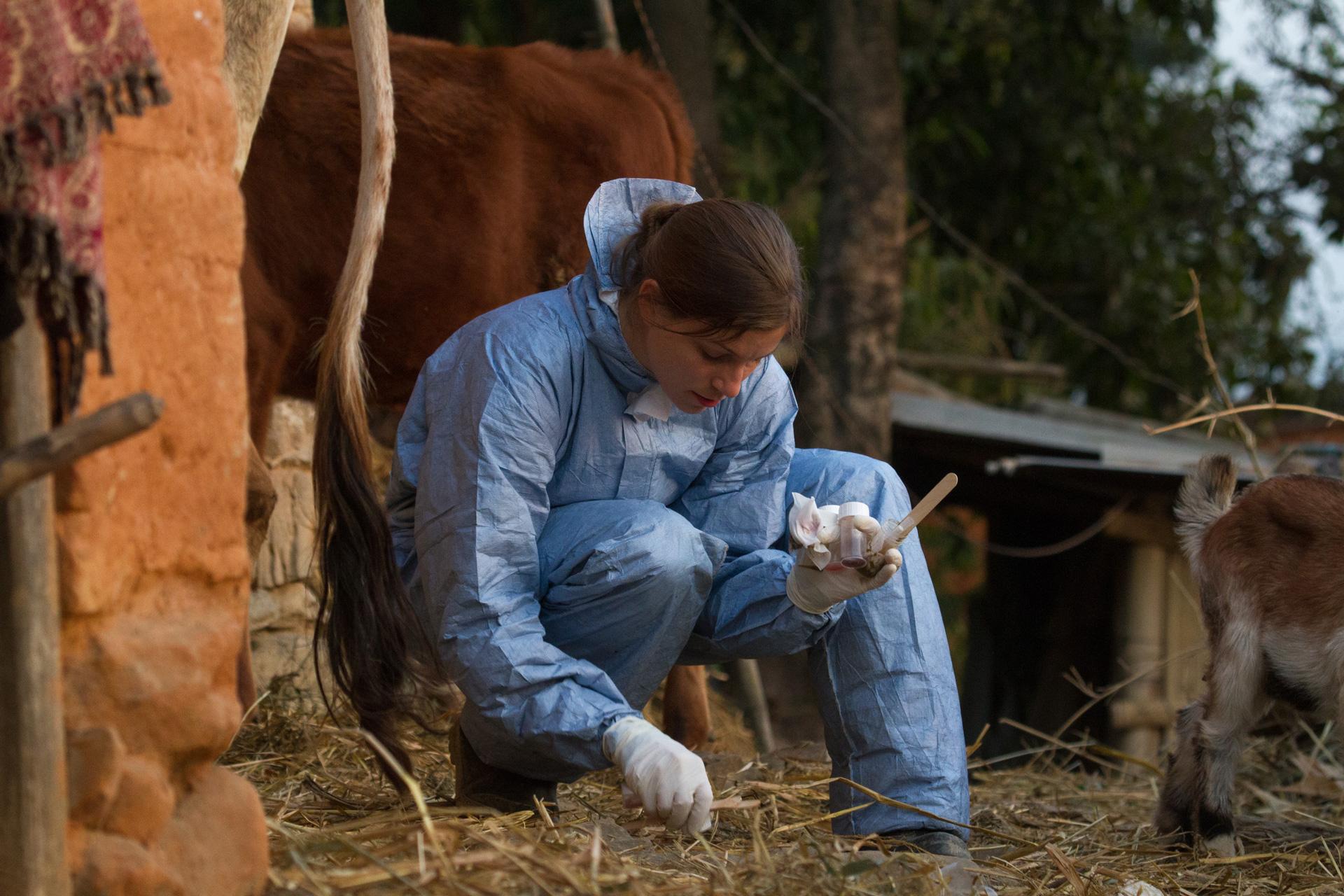Surveillance of livestock and their environment for the presence of FMDV is an important part of preventing outbreaks of foot-and-mouth disease (FMD), a disease which creates a socio-economic burden for the farming industry and smallholder or subsistence farmers alike.
Researchers at The Pirbright Institute have now developed a new method that makes foot-and-mouth disease virus (FMDV) detection easier, even when susceptible animals are not showing clinical signs.
The new technique requires little expertise as swabs can be taken from areas within the farm environment where foot-and-mouth disease (FMD) susceptible animals such as cattle, sheep and pigs commonly make contact with, such as water troughs. This makes the sampling method far more accessible, allowing a higher frequency of samples to be collected and processed during an outbreak.
Dr. Claire Colenutt, who led the research at Pirbright said: “Current surveillance methods rely on the recognition of FMD infection in susceptible animals in addition to the collection of samples from the animals which requires veterinary expertise. In keeping the approach simple, samples can be taken by individuals without prior expertise, increasing the number of potential samples, and relieving pressure on veterinary services.”
The samples in this study, published in Applied and Environmental Microbiology, were taken from a variety of different environmental surfaces where livestock had been kept within 24 smallholder farms in the Kathmandu Valley, Nepal. The swabs were then shipped back to Pirbright for testing, where scientists were able to detect viral genetic material in positive samples.
FMDV is able to survive long periods of time in the environment in the right conditions (up to three months depending on environmental factors such as pH, temperature and relative humidity), and so sampling areas where infected animals may have shed virus allows scientists to detect the presence of FMD even if the animals on the farm are no longer showing clinical signs.
This is equally important in areas that have FMD free status as well as those where FMD is endemic such as parts of Asia, Africa and the Middle East. Novel surveillance techniques can help support a robust response to outbreaks in FMD free countries, but can also be implemented in endemic countries as part of surveillance programmes to supplement current information about the spread of FMD.
In the future the researchers hope to be able to combine swabbing with the use of portable diagnostic tools to enable rapid detection of FMDV in the field.
